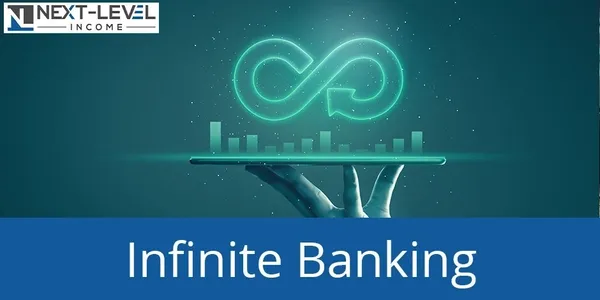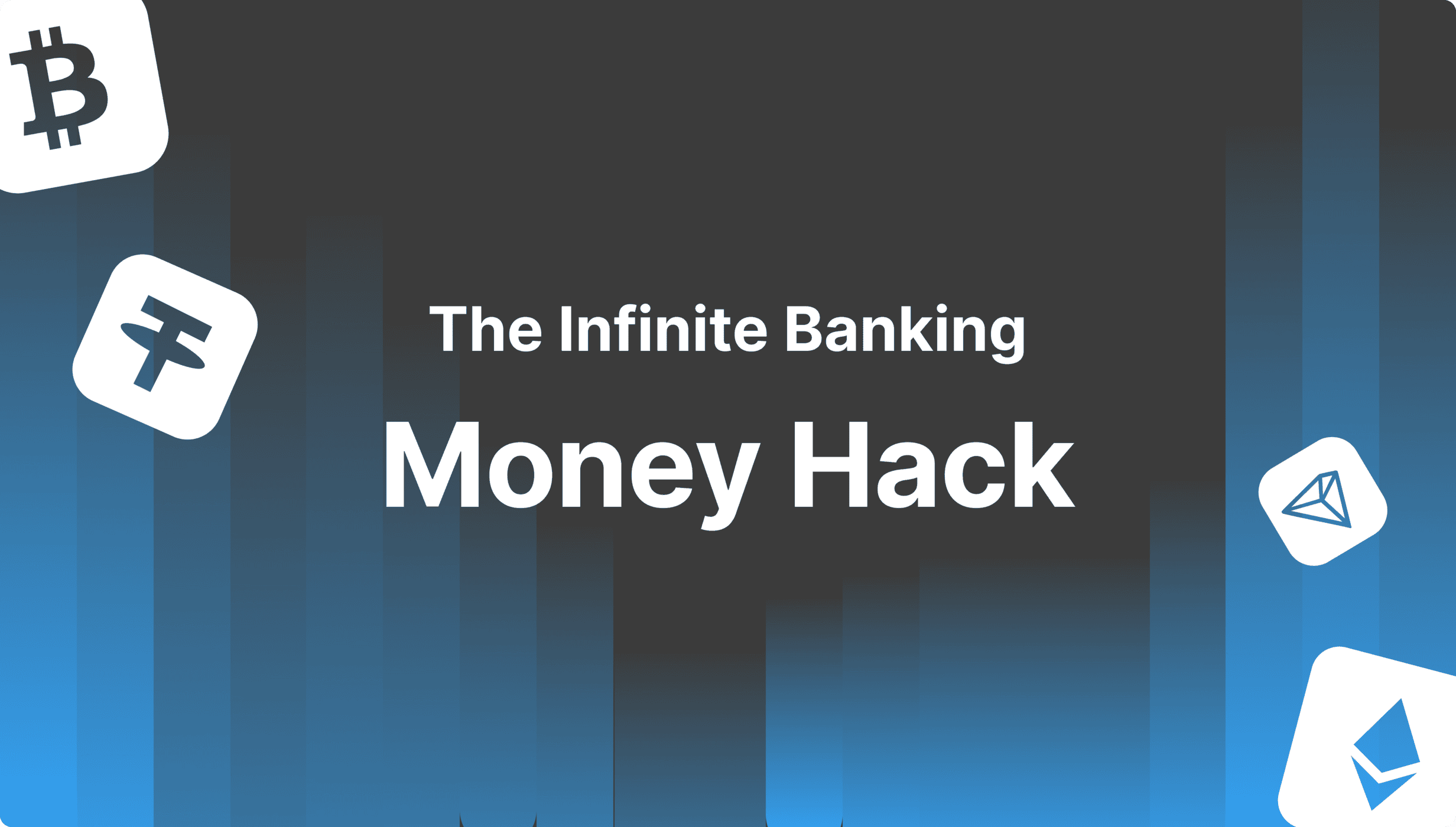All Categories
Featured
Table of Contents
Okay, to be reasonable you're actually "banking with an insurance firm" rather than "banking on yourself", yet that concept is not as very easy to offer. It's a little bit like the concept of acquiring a house with cash money, after that obtaining versus the residence and placing the cash to function in another financial investment.
Some people like to talk regarding the "speed of money", which essentially means the exact same point. That does not indicate there is absolutely nothing worthwhile to this principle once you obtain past the advertising and marketing.
The entire life insurance industry is tormented by excessively expensive insurance coverage, massive compensations, questionable sales practices, low rates of return, and improperly educated customers and salesmen. However if you wish to "Bank on Yourself", you're going to have to fall to this market and really acquire whole life insurance policy. There is no substitute.
The assurances intrinsic in this item are essential to its function. You can borrow versus many sorts of money worth life insurance, however you should not "bank" with them. As you acquire an entire life insurance coverage policy to "bank" with, bear in mind that this is an entirely different area of your monetary plan from the life insurance policy section.
Get a huge fat term life insurance policy to do that. As you will certainly see below, your "Infinite Financial" plan really is not going to dependably give this vital monetary function. An additional trouble with the truth that IB/BOY/LEAP counts, at its core, on an entire life policy is that it can make purchasing a policy troublesome for a lot of those curious about doing so.
Cash Flow Banking
Dangerous pastimes such as SCUBA diving, rock climbing, sky diving, or flying also do not blend well with life insurance policy products. The IB/BOY/LEAP supporters (salespeople?) have a workaround for youbuy the plan on a person else! That may exercise fine, given that the point of the plan is not the death advantage, yet bear in mind that purchasing a policy on minor children is extra pricey than it needs to be considering that they are normally underwritten at a "common" price instead than a liked one.

Most policies are structured to do either points. Many generally, plans are structured to maximize the compensation to the agent selling it. Cynical? Yes. However it's the reality. The compensation on a whole life insurance policy plan is 50-110% of the very first year's costs. In some cases policies are structured to make best use of the survivor benefit for the premiums paid.
The price of return on the policy is very vital. One of the ideal methods to make best use of that factor is to get as much cash as possible right into the policy.
The very best way to improve the rate of return of a policy is to have a fairly small "base plan", and after that put even more cash money into it with "paid-up enhancements". Rather than asking "Exactly how little can I place in to get a certain fatality benefit?" the concern comes to be "Just how much can I legally placed right into the plan?" With more money in the policy, there is more cash money worth left after the expenses of the death benefit are paid.
A fringe benefit of a paid-up addition over a routine costs is that the commission rate is reduced (like 3-4% rather than 50-110%) on paid-up additions than the base policy. The less you pay in compensation, the higher your rate of return. The price of return on your cash money worth is still mosting likely to be adverse for some time, like all money value insurance coverage.
Most insurance firms just provide "straight acknowledgment" loans. With a straight acknowledgment finance, if you borrow out $50K, the dividend price used to the money value each year only uses to the $150K left in the plan.
How To Start Infinite Banking
With a non-direct acknowledgment funding, the company still pays the very same returns, whether you have actually "obtained the cash out" (practically versus) the plan or otherwise. Crazy? Why would certainly they do that? That understands? They do. Typically this function is coupled with some less valuable element of the plan, such as a lower returns rate than you could obtain from a policy with straight acknowledgment loans (rbc royal bank visa infinite avion).
The business do not have a source of magic cost-free cash, so what they give up one area in the policy need to be taken from an additional area. If it is taken from a function you care much less around and place into a feature you care a lot more around, that is a good point for you.
There is another critical feature, generally called "laundry lendings". While it is terrific to still have actually returns paid on cash you have taken out of the policy, you still need to pay rate of interest on that car loan. If the dividend price is 4% and the financing is billing 8%, you're not precisely coming out ahead.
With a wash funding, your funding rates of interest is the very same as the returns rate on the plan. While you are paying 5% interest on the financing, that passion is entirely balanced out by the 5% returns on the financing. In that regard, it acts simply like you took out the money from a financial institution account.

5%-5% = 0%-0%. Without all 3 of these variables, this policy just is not going to function very well for IB/BOY/LEAP. Virtually all of them stand to profit from you purchasing into this idea.
There are numerous insurance agents speaking about IB/BOY/LEAP as a feature of whole life that are not actually offering policies with the required features to do it! The issue is that those that understand the concept best have a huge problem of rate of interest and generally inflate the benefits of the principle (and the underlying plan).
How To Be My Own Bank
You should contrast borrowing against your policy to withdrawing cash from your interest-bearing account. Go back to the beginning. When you have absolutely nothing. No money in the bank. No money in investments. No cash in cash money value life insurance policy. You are confronted with a choice. You can place the cash in the financial institution, you can spend it, or you can acquire an IB/BOY/LEAP plan.
It expands as the account pays rate of interest. You pay tax obligations on the rate of interest each year. When it comes time to buy the watercraft, you take out the cash and buy the watercraft. You can conserve some even more money and put it back in the banking account to begin to make rate of interest once more.
When it comes time to purchase the watercraft, you market the financial investment and pay taxes on your long term funding gains. You can conserve some even more money and purchase some more investments.
The cash money worth not made use of to spend for insurance and payments grows over the years at the dividend rate without tax drag. It begins out with unfavorable returns, but hopefully by year 5 approximately has actually recovered cost and is expanding at the dividend rate. When you most likely to purchase the boat, you obtain versus the policy tax-free.
My Wallet Be Your Own Bank
As you pay it back, the cash you paid back begins expanding once again at the returns rate. Those all work quite similarly and you can compare the after-tax rates of return. The fourth choice, nevertheless, works really in a different way. You do not conserve any cash neither purchase any kind of type of financial investment for years.
They run your credit report and provide you a loan. You pay passion on the borrowed money to the financial institution up until the car loan is paid off.
Latest Posts
Non Direct Recognition Life Insurance
Direct Recognition Whole Life
Infinite Banking Institute